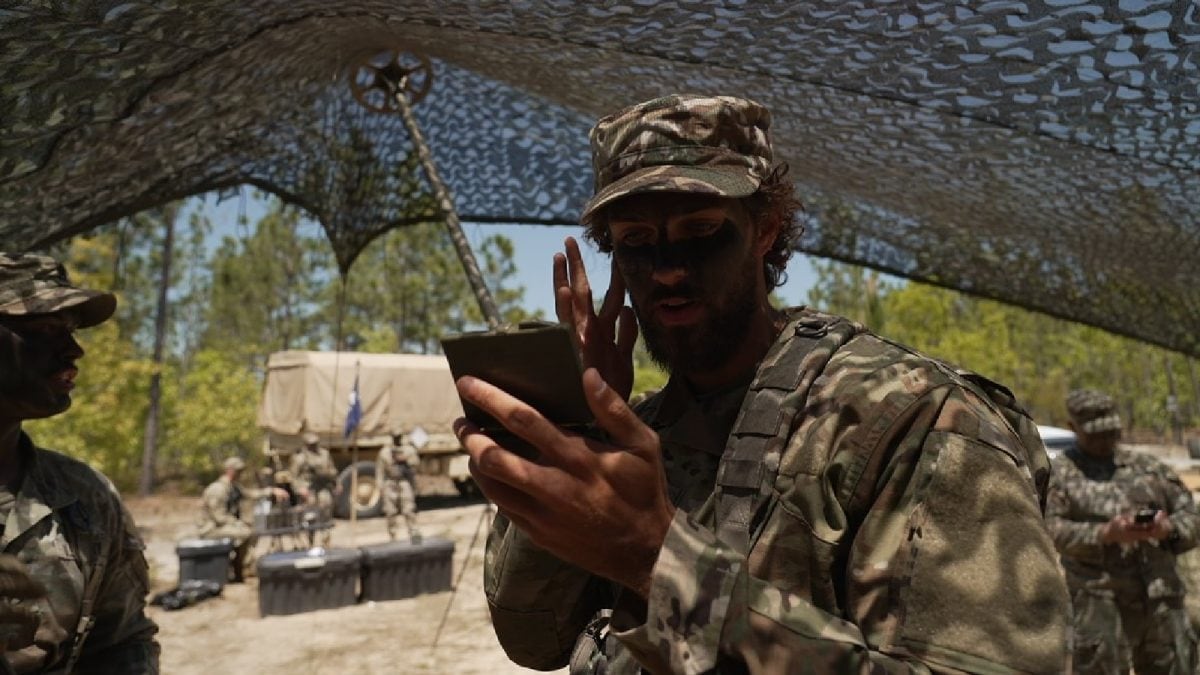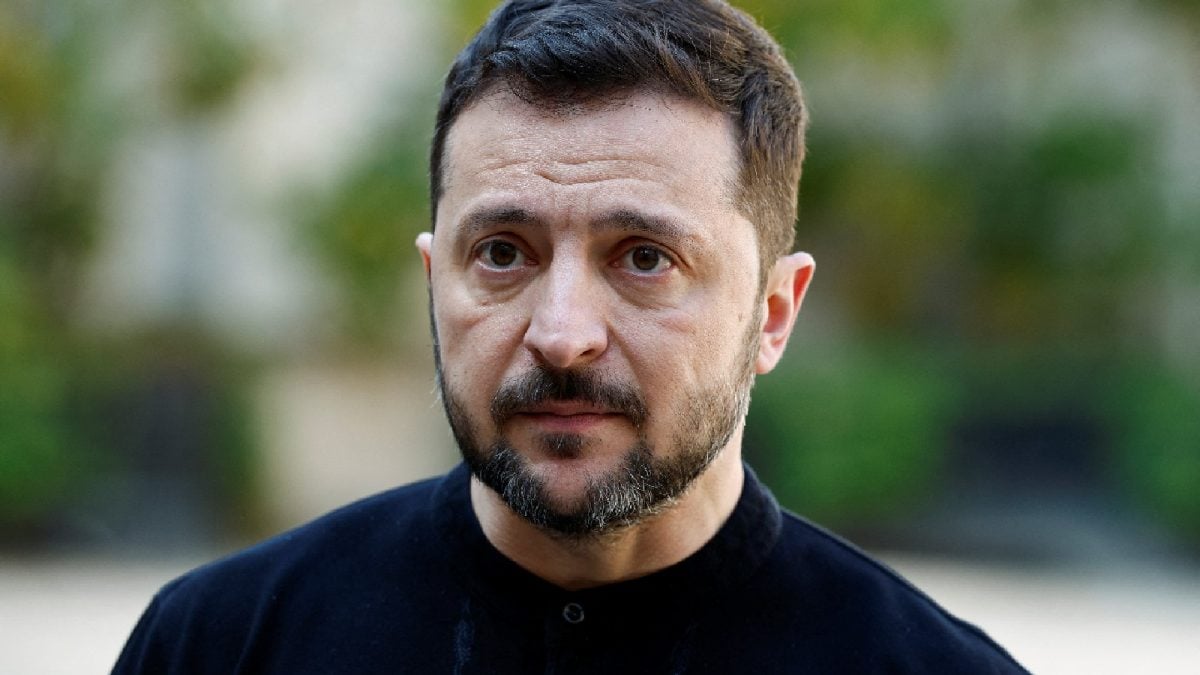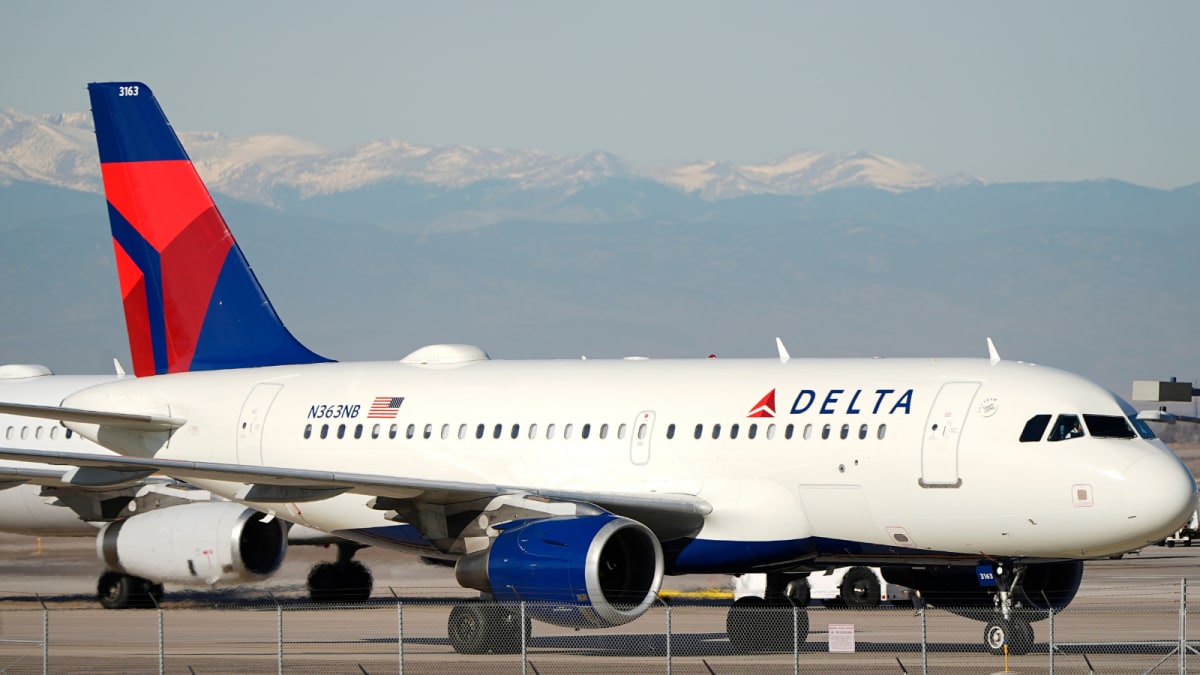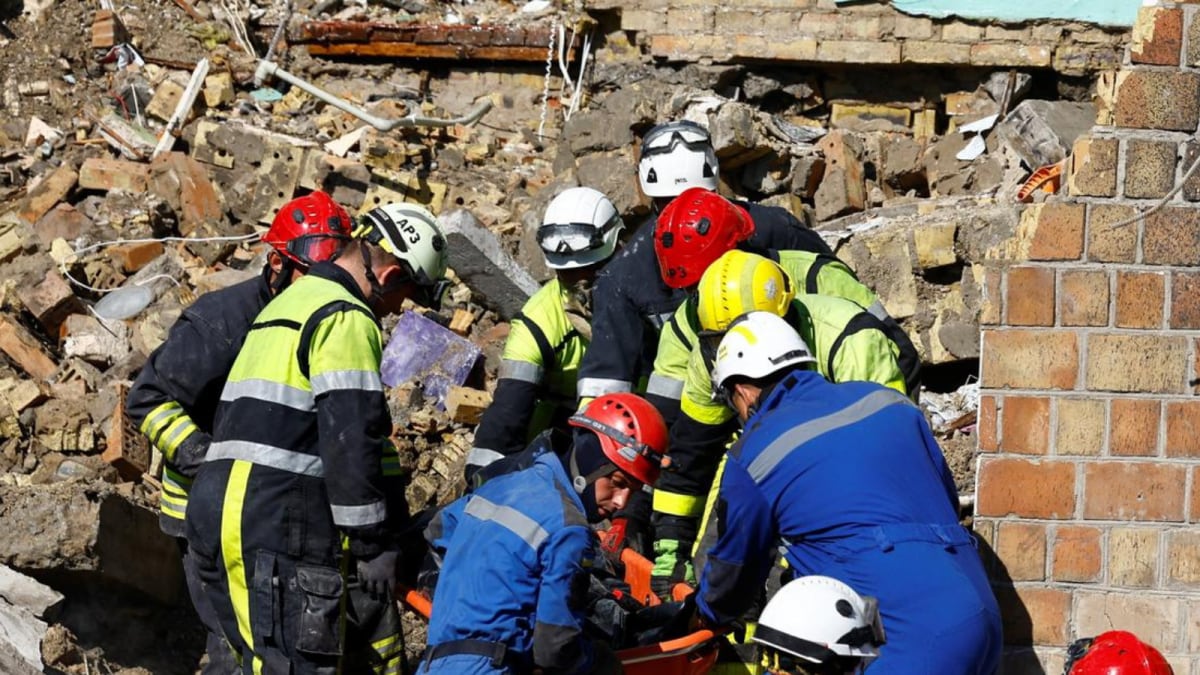Last Updated:August 28, 2025, 15:17 IST
Germany, France and Spain launch the FCAS program to build a sixth-generation fighter jet by 2040, aiming to rival US and China with advanced stealth, AI, and drone integration

The FCAS programme by France and Spain aims to rival US and China with advanced stealth and AI. (Representative/AP)
For years, the United States and China have flaunted their dominance in the skies with the F-35 Lightning II and the J-20 Mighty Dragon, the most advanced fifth-generation fighter jets in service today. Both nations not only rely heavily on these aircraft for their own air power but also aggressively market them abroad. Europe, however, is preparing to change that equation.
Germany, France and Spain have launched the ambitious Future Combat Air System (FCAS) program, a project that aims to create the world’s first fully operational sixth-generation fighter jet. This high-tech aircraft is projected to enter service by 2040 and is already being described as the most advanced fighter jet ever conceived.
The FCAS programme carries an estimated budget of 100 billion euros (approximately Rs 10,255 crore). Leading aerospace firms are central to its development, including Dassault Aviation of France, Airbus Defence and Space of Germany, and Spain’s Indra.
The aim is to gradually replace existing fighters like France’s Rafale and Europe’s Eurofighter Typhoon with a next-generation platform that combines stealth, artificial intelligence and unprecedented integration of manned and unmanned combat systems.
What Will Make FCAS Unique
The jet is expected to incorporate technology well beyond what current fifth-generation fighters offer.
Stealth Technology: Designed to be nearly invisible to radar, with stealth capabilities surpassing those of the F-35 and J-20.Speed: Estimated top speed of Mach 2.5 or above, crossing 3,000 km/h.Range: Endurance of 3,500-4,000 km without refuelling.AI & Drone Swarms: Artificial intelligence will play a central role, enabling the fighter to control swarms of drones in combat.Advanced Weaponry: Laser-based systems, hypersonic missiles, and next-generation air-to-ground strike capabilities.Network-Centric Warfare: Designed to integrate seamlessly with cyber and satellite-based systems, creating a real-time digital combat network linking air and ground operations.Prototype Timeline
The first demonstrator prototype is expected between 2029 and 2030. Following years of testing, serial production is projected to begin around 2035-2037, with full-scale deployment in European air forces by 2040.
However, progress has not been without friction. France’s Dassault Aviation is pushing for a majority share, reportedly up to 80%, in development leadership, while Germany insists on a more balanced division of responsibility with Airbus. The issue of workshare has created tensions between Paris and Berlin. Both French President Emmanuel Macron and German Chancellor Friedrich Merz have agreed that a final decision will be made before the year’s end.
Europe’s Answer to American and Chinese Air Supremacy
Once operational, the FCAS will not simply be another fighter jet but a complete combat system, integrating aircraft, drones, satellites and cyber capabilities. European leaders see the project as vital not only to their defence but also to reducing dependence on American technology at a time of growing global competition.
Location :France
First Published:August 28, 2025, 15:17 IST
News world France-Germany Bet Big On Rs 10,255 Crore 6th-Gen Fighter Jet Deal To Beat F-35, J-20
Disclaimer: Comments reflect users’ views, not News18’s. Please keep discussions respectful and constructive. Abusive, defamatory, or illegal comments will be removed. News18 may disable any comment at its discretion. By posting, you agree to our Terms of Use and Privacy Policy.
Read More

 6 hours ago
6 hours ago














